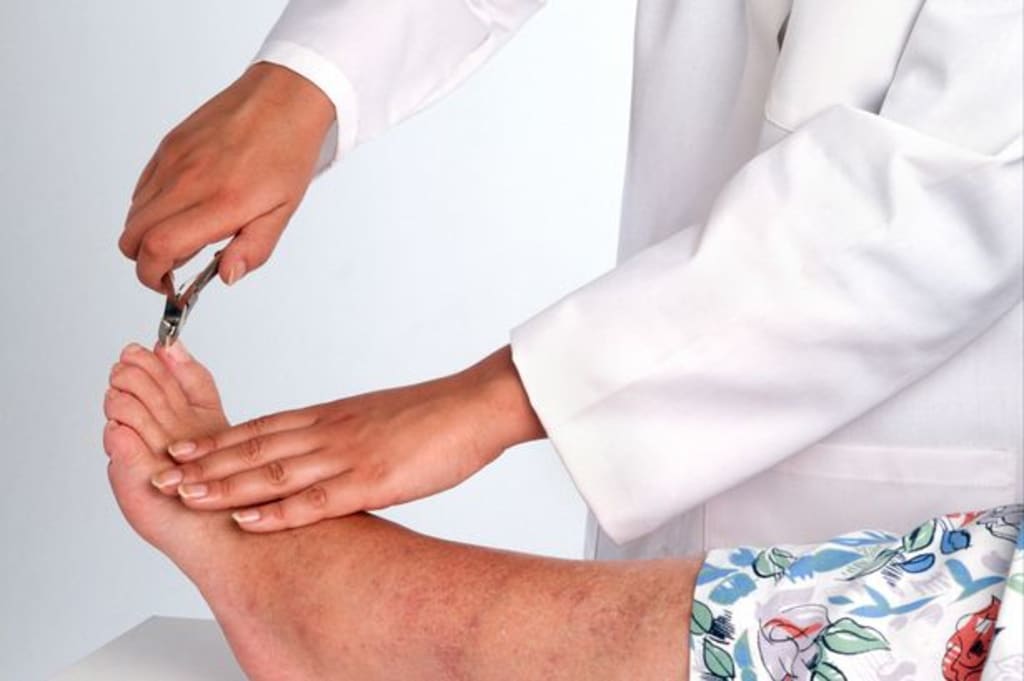How to Treat Ingrown Toenails?
What is best to get rid of your ingrown toenail?

Most ingrown toenails aren’t serious, and the slow pain is easy to ignore. When it’s left untreated, it’s hard to disregard; your toenails are red, pain is severe, and there is inflammation in the affected area.
It is annoying, because you cannot use your toes in your daily routine. Using your toes in this unfavorable condition will aggravate the nail more, the pain is more noticeable, and this seems to last forever.
There are ways to prevent it from happening or treatment if you have it. And if these methods don’t work, your doctor knows what is best to get rid of your ingrown toenail.
Causes of an Ingrown Toenail
An improperly trimmed or damaged nail becomes ingrown when the edge of your toenail burrows into the skin. What follows are excruciating pain, swelling, redness, and sometimes inflammation. The big toe is likely to be affected.
Here are some common causes of an ingrown toenail:
- Wearing ill-fitting shoes or high heels causes the toes to squeeze together, pressuring the nail to develop oddly.
- The presence of the fungus can develop thickened or widened toenails.
- Cutting toenails too short, or at an angle.
- Toenail trauma such as stabbing or injuring your toe or playing football.
- People with more rounded nails, or the underlying bone more upturned are susceptible to developing ingrown toenails.
- Toe deformities.
- A pedicure can trigger an ingrown toenail if a nail technician is forceful in cutting a toenail.
- Some people inherit ingrown toenails from a parent or both parents.
DIY Remedies for an Ingrown Toenail
There are natural methods to treat an ingrown toenail. You can handle the situation as soon as you notice it, here’s how:
Soaking the foot in warm water
Dip the affected foot in warm, bubbly water. This will help keep the affected area clean and free of germs, relieve discomfort, and reduce inflammation. Castile soap is a good choice. Add Epsom salt to relax the skin, and to string out the toenail from the skin. Do this three to four times a day, and keep the foot clean and dry after.
Apple cider vinegar wash
Add a quarter cup of apple cider vinegar to warm water for a foot bath, or mix with purified water, and directly apply this to the affected area. The mixture may ward off infection. It cannot cure existing bacterial contamination, but it has antibacterial features that can keep the area clean.
Dental floss or cotton under the nail
Place dental floss or cotton under the ingrown nail border to help shift the nail growth in the right direction, instead of digging into the skin.
Wear comfortable shoes and socks
Avoid wearing shoes and socks that are too tightly-fitted. This will cause a delay in healing, and pain too.
Antibiotic treatment
Over-the-counter ointments or creams such as Neosporin, Polysporin, and Bactroban will lessen the danger of contamination. Apply bandage after the application.
Doctors Know Best to Treat Your Ingrown Toenail
Once your ingrown toenail has progressed, home remedies won’t work. You will need medical help to get nails treated. Your doctor may recommend:
Wedge Resection
This applies to an ingrown toenail with redness, pain. and pus. A local anesthetic will be applied to numb your toe, the toenail infection will be drained, and the nail will be trimmed, or the ingrown portion will be removed.
Healing time will take two weeks to two months depending on the size of the nail removed. A lot of women, facing such issues, wonder how to fill in the empty spaces after the partial or total removal of the nails. Gel nails or acrylic nail enhancements are a good solution in this case.
Matrixectomy
If the problem persists on the same toe, your doctor will suggest removing the whole nail or a portion from the nail bed and cover the tissue under your skin; nail matrix; with a chemical, laser, or other methods. This will prevent the diseased portion of your nail from ever growing back.
Vandenbos Procedure
A patient will undergo a minor surgery only once, your toe will be frozen, so you will not feel anything during the surgery. The overgrown toe skin around the nail is removed, and the nail is left untouched.
Lifting the nail
For an ingrown toenail with redness and pain, but no pus, your doctor will lift the ingrowing nail edge and place cotton, splinter, or dental floss beneath. The nail is separated from the covering skin, which helps nails grow above the skin edge. At home, you need to apply medication, and replace the material daily to get nails cured.
Preventing Ingrown nails
Ingrown toenails can recur if you don’t prevent them, here’s how:
- Avoid cutting nails too short and unevenly at the sides—cut straight across. Do not use scissors, and level sharp edges with an emery board.
- Wear protective foot gear if your job is at risk of a toenail injury.
- Wear socks and shoes that fit properly to avoid the pressure to the toes.
- Parents should groom young children’s nails, as well as the elderly. Aged people need help because of reduced vision, and difficulty in reaching their feet.
- Avoid strain to the toe region. After playing soccer, basketball or sports that require a lot of toe action go barefoot for an hour.
- Move cautiously to keep away from toenail injury.






Comments
There are no comments for this story
Be the first to respond and start the conversation.